Laboratory Door Signage
Purpose
Laboratory signage will be posted on Labs across campus to inform anyone entering the lab of the hazards present. As you see these signs please take a moment to review the hazards prior to entering. Notify the appropriate contact if required. The signs are only good if you act on what they tell you, so please read and follow the directions. To request laboratory signage please fill out the following request form.
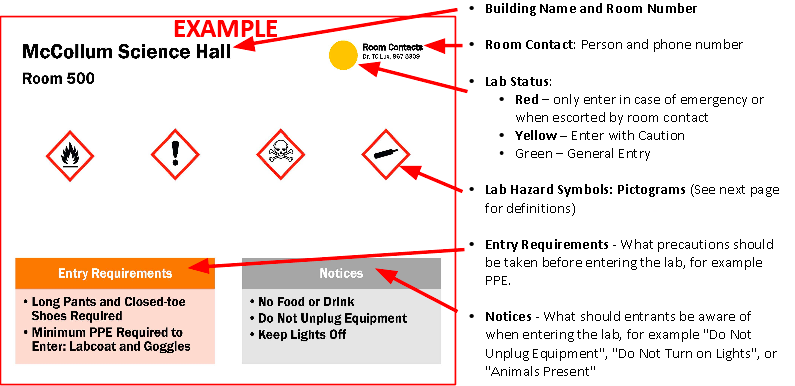
Hazard Communication GHS Pictograms
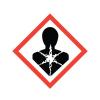 Health Hazard. More than 100 grams of a cancer-causing agent (carcinogen) or substance with respiratory, reproductive or
Health Hazard. More than 100 grams of a cancer-causing agent (carcinogen) or substance with respiratory, reproductive or
organ toxicity that causes damage over time (a chronic, or long-term, health hazard).
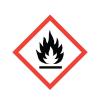 Flame. More than 4 liters (liquid) or any amount (solids or gasses) of flammable materials or substances liable to self ignite when exposed to water or air (pyrophoric), or which emit flammable gas.
Flame. More than 4 liters (liquid) or any amount (solids or gasses) of flammable materials or substances liable to self ignite when exposed to water or air (pyrophoric), or which emit flammable gas.
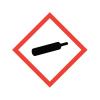 Gas Cylinder. Any amount of gases stored under pressure, such as ammonia or liquid nitrogen, etc.
Gas Cylinder. Any amount of gases stored under pressure, such as ammonia or liquid nitrogen, etc.
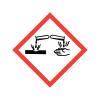 Corrosive. More than 4 liters (liquid) of materials causing skin corrosion/burns or eye damage on contact, or that are corrosive to metals.
Corrosive. More than 4 liters (liquid) of materials causing skin corrosion/burns or eye damage on contact, or that are corrosive to metals.

Exploding Bomb. Any amount of explosives, including organic peroxides and highly unstable material at risk of exploding even without exposure to air (self-reactives).
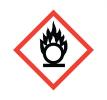
Flame over Circle. More than 4 liters (liquid) or 1 kilogram (solid) of oxidizers. Oxidizers are chemicals that facilitate burning or make fires burn hotter and longer.
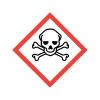
Skull and Crossbones. More than 100 grams of substances, such as poisons and highly concentrated acids, which have an immediate and severe toxic effect (acute toxicity).
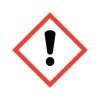 Exclamation Mark. More than 100 grams of substances that cause immediate skin, eye or respiratory tract irritant, or narcotic effect.
Exclamation Mark. More than 100 grams of substances that cause immediate skin, eye or respiratory tract irritant, or narcotic effect.
 Any class 3B and IV lasers, excludes completely enclosed and consumer-type lasers.
Any class 3B and IV lasers, excludes completely enclosed and consumer-type lasers.

Any amount of materials Biosafety 1 or 2.
 Any amount of radioactive materials.
Any amount of radioactive materials.
Reviewed by Risk/EHS 10/2025
